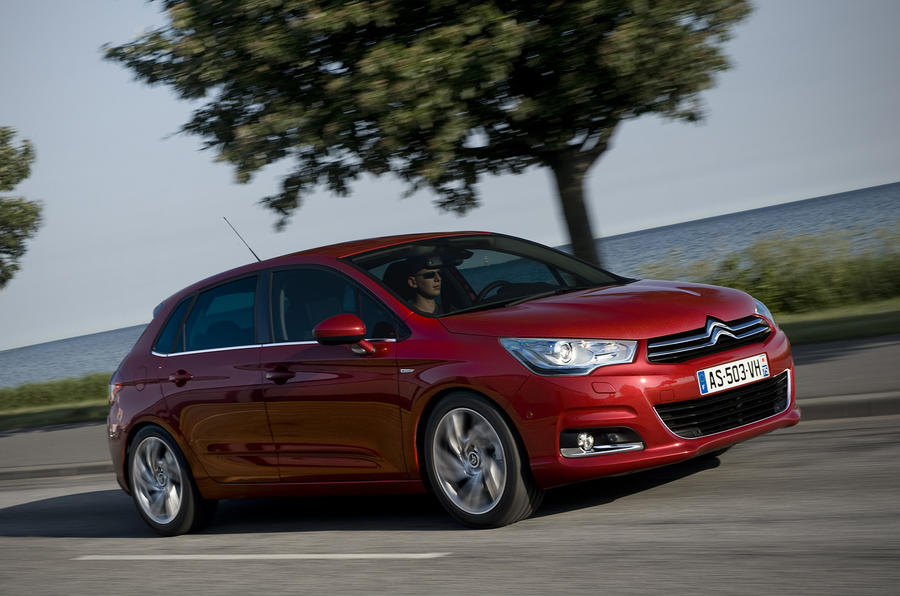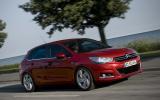What is it?
This is the first time we’ve seen PSA’s new 1.2-litre three-cylinder turbocharged petrol engine, and one of the first cars it has found its way into is the Citroën C4.
The C4 is Citroën’s rival to the Ford Focus, which is our current class champion in the family hatchback sector. The Blue Oval’s compact hatch has been lauded by us many times, and never more so than when it’s fitted with Ford’s groundbreaking 1.0-litre turbocharged three-cylinder EcoBoost engine, which arrived back in 2012.
Citroën clearly realised it had to come up with a rival to that unit, and after 25,000 hours of testing, the e-THP 130 is ready to join the PureTech family of engines.
What's it like?
Impressive, and it’s certainly one of the best things about the current C4 range. Citroën is going to put the engine in the DS3 in March next year, and seeing as the three-pot is significantly lighter than the four-cylinder unit currently used, it will be interesting to see the effect a lighter front end has on that car’s driving dynamics.
The latter is not something that the C4 can be commended for; this is a car built for comfort rather than agility, it seems. On the Parisian roads of our test drive the C4 is happy enough. It’s so softly sprung that it soaks up the road’s imperfections nicely, but get out onto more challenging or faster roads and the C4 struggles to rein in the body roll while the numb steering means there’s little in the way of driver reward.
This is a shame, as the engine is a real cracker. The vast majority of the torque (95 per cent of which is available from 1500rpm through to 3500rpm) arrives very low down in the rev range, with the turbocharger kicking in nice and early to give you plenty of useable power.
This also means the engine uses less fuel, resulting in CO2 emissions being cut by 18 per cent compared to an equivalent PSA four-cylinder unit. However, it’s not just the reduction in cylinders that has contributed to the improved C02 emissions and great economy.
Citroën has worked hard on limiting the engine’s mechanical losses, so by adjusting the size of the crankshaft, offsetting the cylinders and using a lubricated timing belt, the French car maker has managed to significantly cut reduce internal friction, thus further improving efficiency.
Should I buy one?
Undoubtedly this engine is going to prove successful for Citroën (the DS3 notwithstanding, it’s also going to be installed in the innovative new Cactus), and is further proof that the motor industry is coming up with clever solutions to combat ever-more stringent emissions legislation.
The C4 is not PSA’s most modern car on the road though; that honour goes to the European Car of the Year – the Peugeot 308, which is getting the new three-cylinder engine this month, too. The Pug would probably be a better option than the C4, since the Citroën is rather long in the tooth now. Alternatively, you might even consider Volkswagen Group’s excellent 1.2 and 1.4 TSI engines which are installed across most of its range of cars.
Alternatively, for more or less the same money as the C4, you could get behind the wheel of the dynamically superior Focus – and driver reward is always a deal-breaker as far as we’re concerned.

















Join the debate
Add your comment
The real question remains
170lbft out of a 1.2, thats
No report on economy though, reducing CO2 and real world economy are two different things with these small turbos. The fiat twin air and Ford 1.0 Ecoboost both promising 65mpg and struggling to get 40mpg in normal driving.
Citroen a good future ? !!